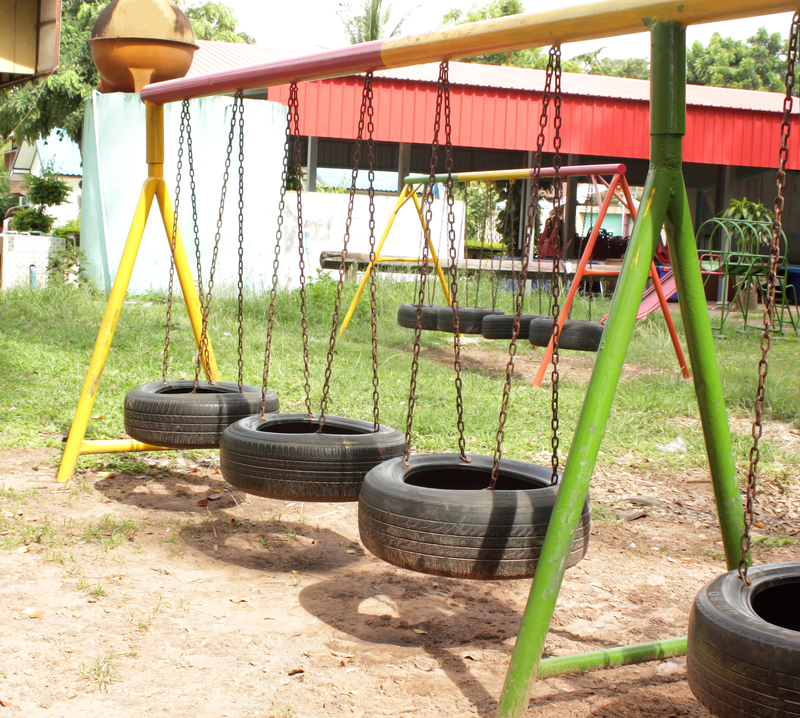Working Green: Build a Zero-Waste Office with Ease
Going green at work isn't just a passing trend--it's an essential part of operating a responsible, efficient, and future-ready business. By shifting to a zero-waste office environment, companies can dramatically reduce their environmental impact, improve employee morale, and even save money. In this comprehensive guide, we'll explore practical strategies to build a zero-waste workplace effortlessly, delivering lasting benefits for organizations and the planet alike.
Why Embrace a Zero-Waste Office?
Adopting green business practices goes beyond recycling. Creating a zero-waste office means designing systems so that nothing ends up in a landfill--everything is reused, recycled, or composted. This transformation benefits businesses in many ways:
- Environmental Responsibility: Reduces landfill waste, carbon footprint, and resource consumption.
- Financial Savings: Cuts down on purchasing, waste hauling, and energy costs.
- Enhanced Brand Image: Demonstrates your organization's commitment to sustainability for clients and partners.
- Employee Engagement: Fosters a culture of environmental stewardship and teamwork.
Creating a zero-waste workplace might seem daunting, but with the right approach, it's both achievable and rewarding.

Getting Started: Assess Your Office Footprint
Before you can build a zero-waste office with ease, it's crucial to understand your current practices. Take these first steps:
Conduct a Waste Audit
- Collect data: Examine your office's waste streams for at least one week. Track what's disposed of and in what quantities.
- Identify patterns: Are certain materials repeatedly ending up in the trash (e.g., coffee cups, paper towels, packaging)?
- Set measurable goals: Define clear targets for waste reduction--aim for a specific percentage reduction each quarter.
This foundation allows you to target the most impactful changes and monitor improvement over time.
10 Actionable Steps to Build a Zero-Waste Office
Ready to transform your workplace? Here's a detailed roadmap:
1. Eliminate Single-Use Plastics
- Ban plastic cutlery, straws, and single-use water bottles. Replace them with reusable or compostable alternatives.
- Provide staff with branded reusable items, like mugs, water bottles, and tote bags.
- Encourage employees to bring their own containers for snacks and meals.
2. Go Digital
- Digitize paperwork: Use cloud-based storage, digital signatures, and online collaboration platforms.
- Cut paper consumption: Default printers to double-sided, and require justification for printing.
- Adopt e-communications: Minimize memos, flyers, and printed newsletters.
3. Update Procurement Policies
- Source supplies with minimal packaging and from sustainable providers.
- Buy in bulk to reduce packaging waste and shipping emissions.
- Choose eco-friendly office products, such as recycled paper, refillable pens, and non-toxic cleaners.
4. Establish a Robust Recycling Program
- Clearly label bins for paper, plastics, glass, and metals--add signage describing what goes where.
- Place recycling stations in every office area.
- Arrange regular recycling pickups and communicate results (e.g., total lbs diverted) to staff.
5. Compost Food and Organic Waste
- Set up compost bins in kitchens and break rooms for leftovers, coffee grounds, and paper towels.
- Partner with local composting facilities or onsite composters if possible.
- Use composted materials for office plants or donate to community gardens.
6. Green Your Coffee and Snacks
- Shun single-serve coffee pods--install machines that use ground coffee and offer bulk tea options.
- Stock kitchens with bulk snacks and healthy, package-free options.
- Encourage "bring your own mug" campaigns for coffee breaks.
7. Reimagine Office Events and Catering
- Choose caterers committed to zero-waste principles and that use minimal, compostable packaging.
- If possible, serve food family style to avoid individually wrapped portions.
- Provide clear guidance for waste sorting during events.
8. Reduce E-Waste Responsibly
- Recycle or donate outdated electronics through certified e-waste programs.
- Purchase refurbished tech and prioritize equipment that's upgradeable and repairable.
9. Support a Sharing Culture
- Set up resource libraries for sharing office supplies (e.g., staplers, whiteboards, markers) rather than issuing new items to each desk.
- Encourage a free-cycle area for books, office decor, or unused electronics.
10. Educate and Empower Employees
- Offer training and workshops about zero-waste practices.
- Recognize green champions who make significant sustainability contributions.
- Gather feedback regularly and involve employees in planning new initiatives.
The Role of Office Design in Zero-Waste Success
Physical layout and interior choices can dramatically increase the efficiency of your zero-waste workspace strategy. Consider the following design elements:
- Centralized waste stations: Make it convenient to separate compost, recycling, and trash. Eliminate individual desk bins.
- Multipurpose spaces: Meeting areas that double as quiet zones encourage resource efficiency.
- Natural lighting and ventilation: Reduces energy costs and carbon footprint.
- Modular furniture: Opt for furnishings made from recycled materials that can be repurposed or reconfigured as needs grow.
Even small improvements in office layout can have a big impact on behavior and waste reduction.
Overcoming Common Challenges in Zero-Waste Offices
Transitioning to a zero-waste environment isn't without obstacles. Here are solutions to the most common barriers:
Changing Habits and Office Culture
- Start small by focusing on a handful of key changes, then scale as behaviors shift.
- Celebrate milestones and successes to build momentum.
- Offer incentives--like gift cards or extra break time--for green participation.
Dealing with Limited Resources
- Leverage free or low-cost resources from local environmental organizations.
- Form a volunteer "green team" to champion efforts, rather than hiring specialists.
Vendor and Supply Chain Limitations
- Communicate your sustainability goals with vendors. Many are willing to switch to reusable or minimal packaging upon request.
- Choose partners aligned with your values and share your successes through joint marketing.
Real-World Examples: Zero-Waste Offices in Action
Many companies have already paved the way for building a zero-waste office:
- Google headquarters has achieved zero waste in several cafeterias, diverting over 90% of material from landfill.
- Pearson's London office has reduced waste by more than 40% with signage, composting, and a ban on single-use plastics.
- Green building startups prioritize modular designs and local materials to streamline resource efficiency from day one.
These stories prove that zero-waste is not just possible, but practical and scalable--no matter the size or sector of your business.
Measuring Your Progress: Tracking Green Office Success
Quantifying your office's waste reduction journey keeps your team engaged and demonstrates real value:
- Track waste outputs monthly--recycling rates, compost amounts, and overall landfill diversion.
- Survey staff attitudes on sustainability to target new areas for improvement.
- Publish annual green reports--clients, customers, and candidates value transparency and progress.

Enhancing Your Zero-Waste Strategy
The journey to a truly zero-waste office environment is continuous. Here are ways to keep improving:
- Stay updated: New technologies and suppliers regularly offer smarter, greener solutions.
- Network with other businesses: Participate in local green office networks or certification programs.
- Encourage ongoing innovation--invite suggestions and pilot ideas from every level of your organization.
Working Green: Sustainability is Good Business
Building a zero-waste office is no longer an option reserved for eco-centric startups--it's a powerful strategy for every organization seeking efficiency, resilience, and a positive reputation. By following these actionable steps, your company can join a vanguard of enterprises redefining what it means to work green, support a healthier planet, and inspire lasting change for teams and communities alike.
Ready to start your zero-waste office journey? The path to sustainability is paved with small, simple changes--let today be your first step toward a greener, cleaner workplace.